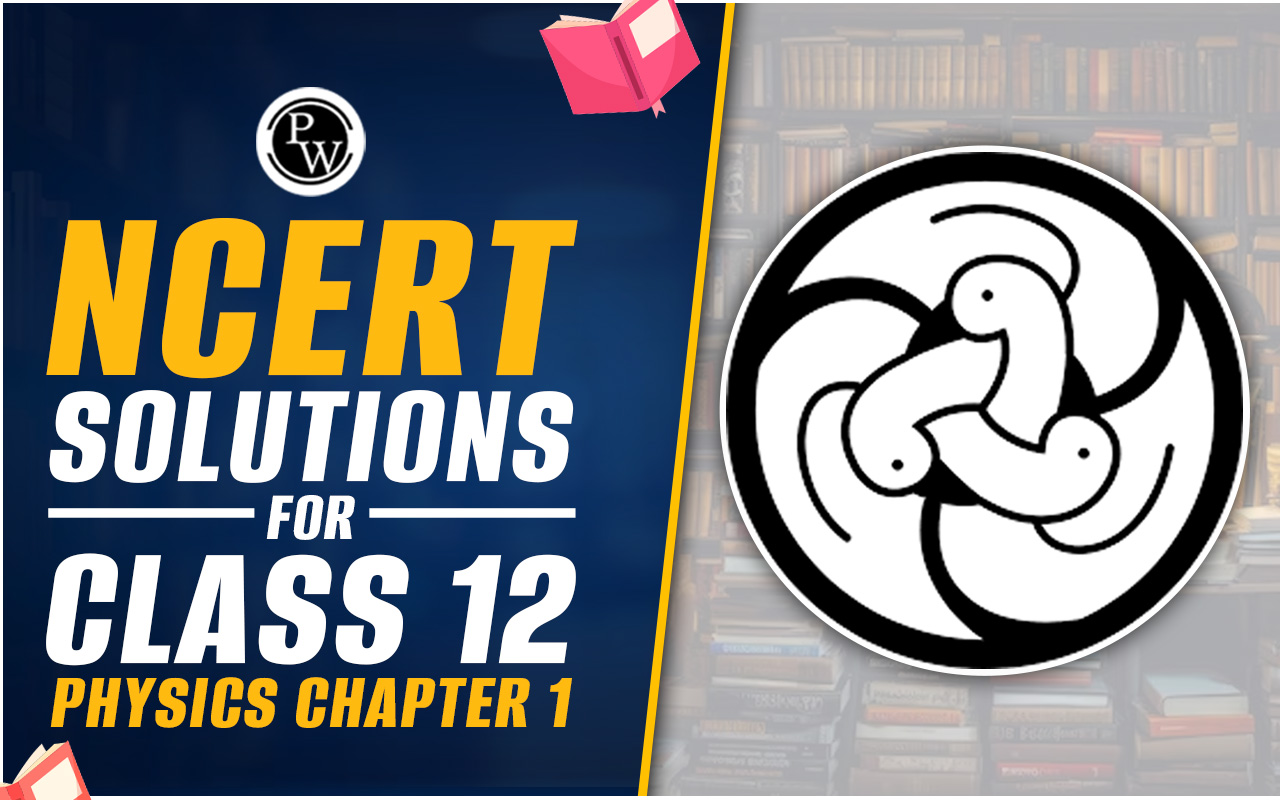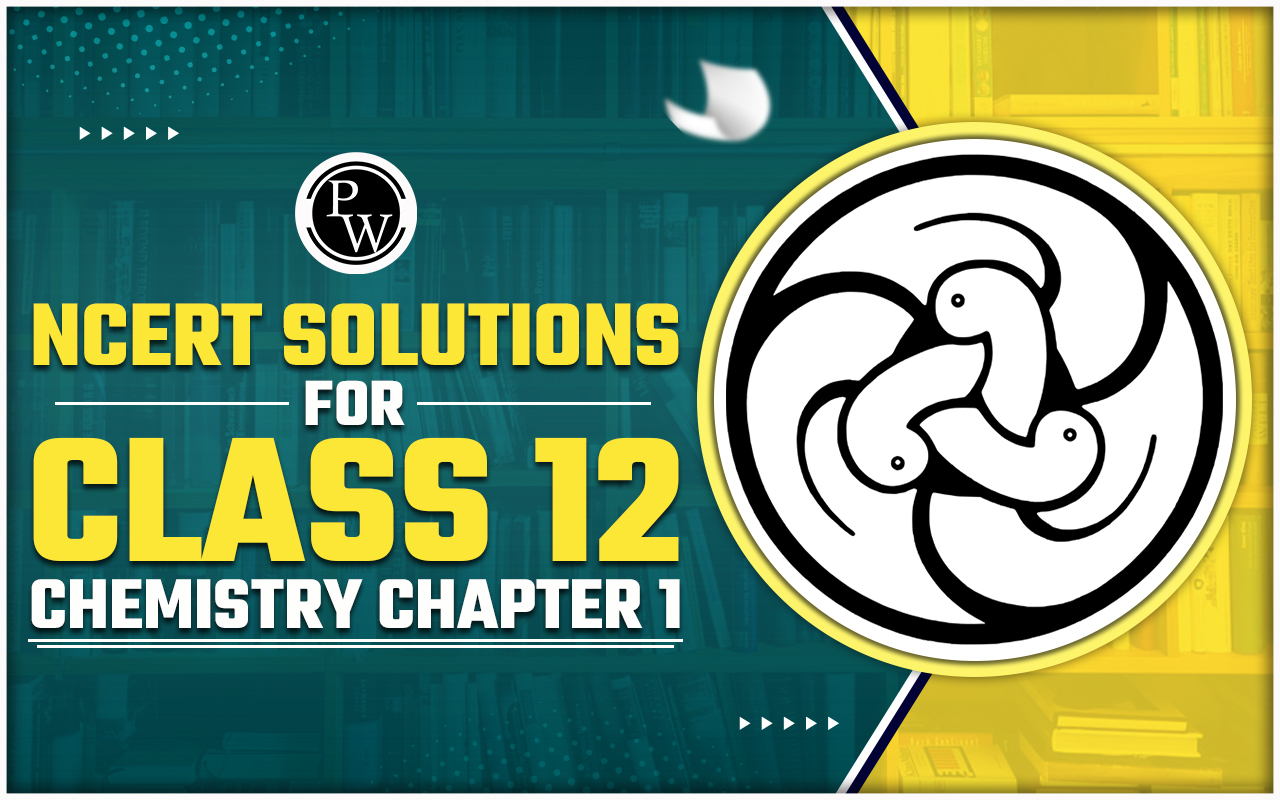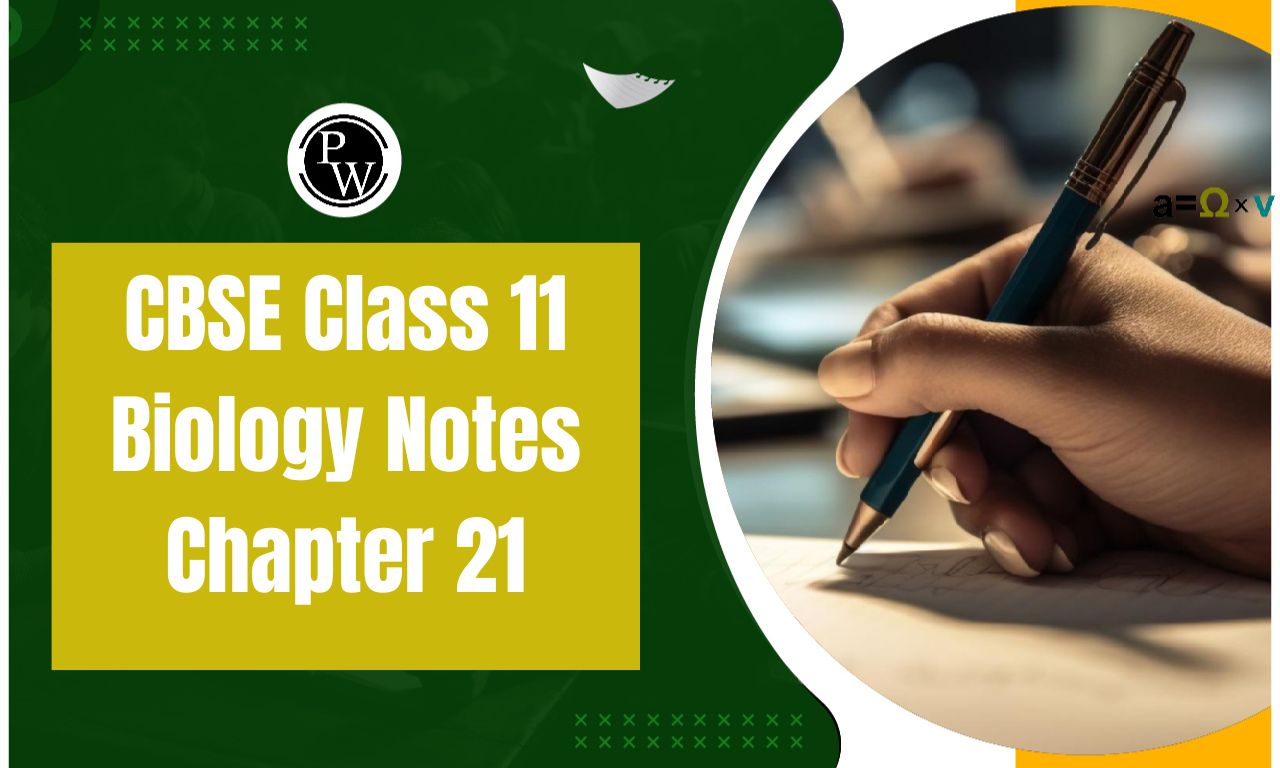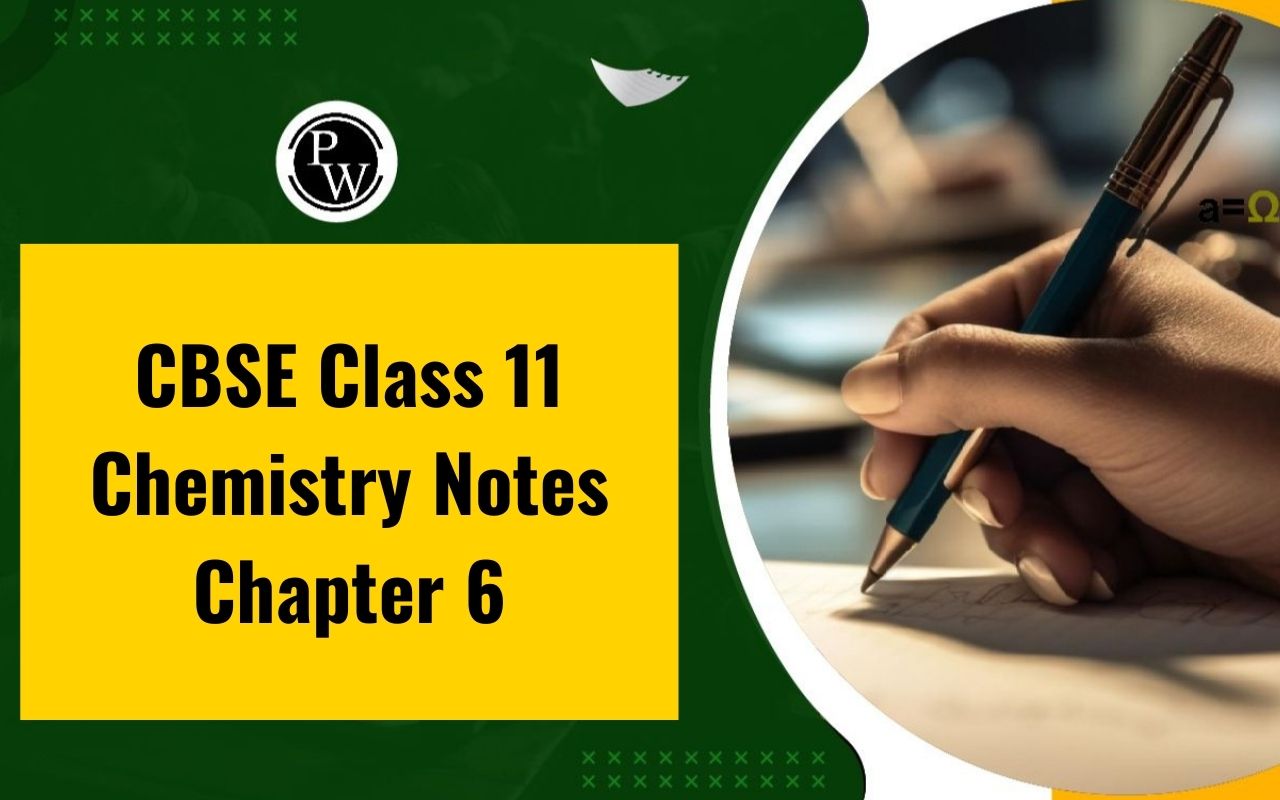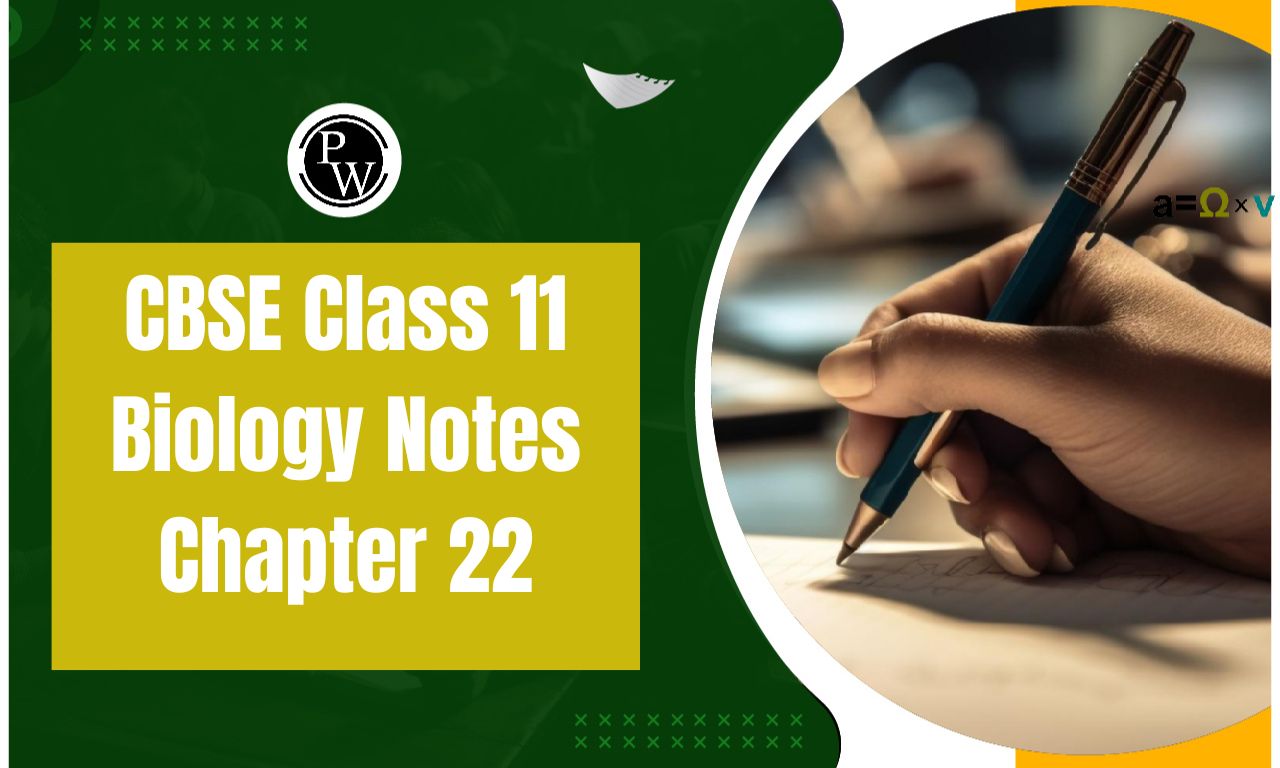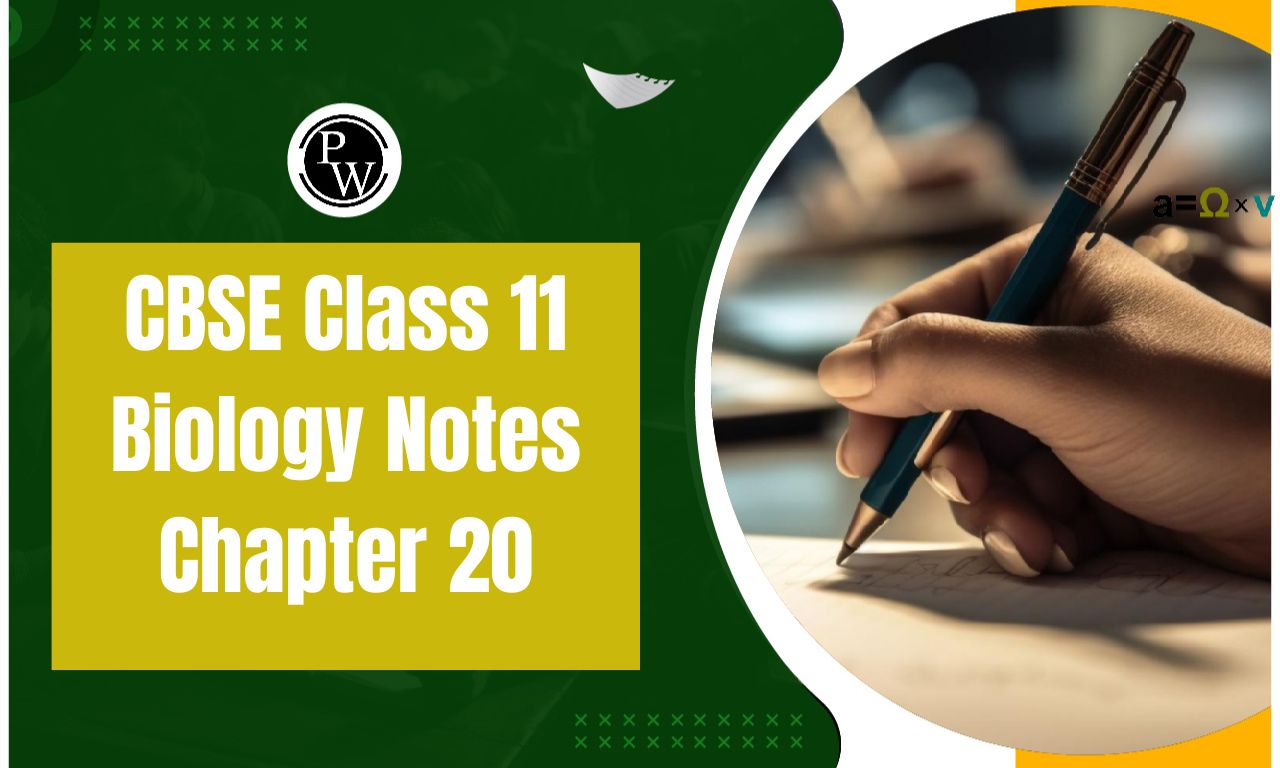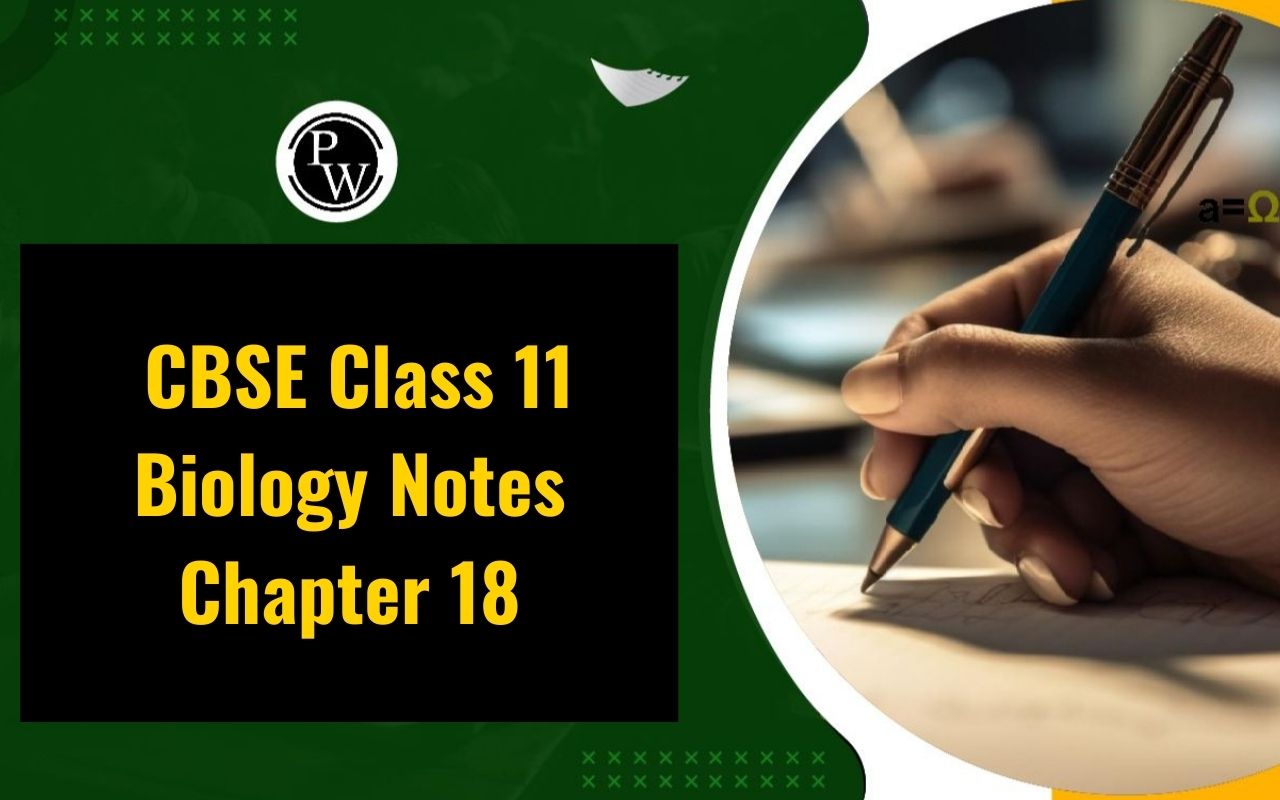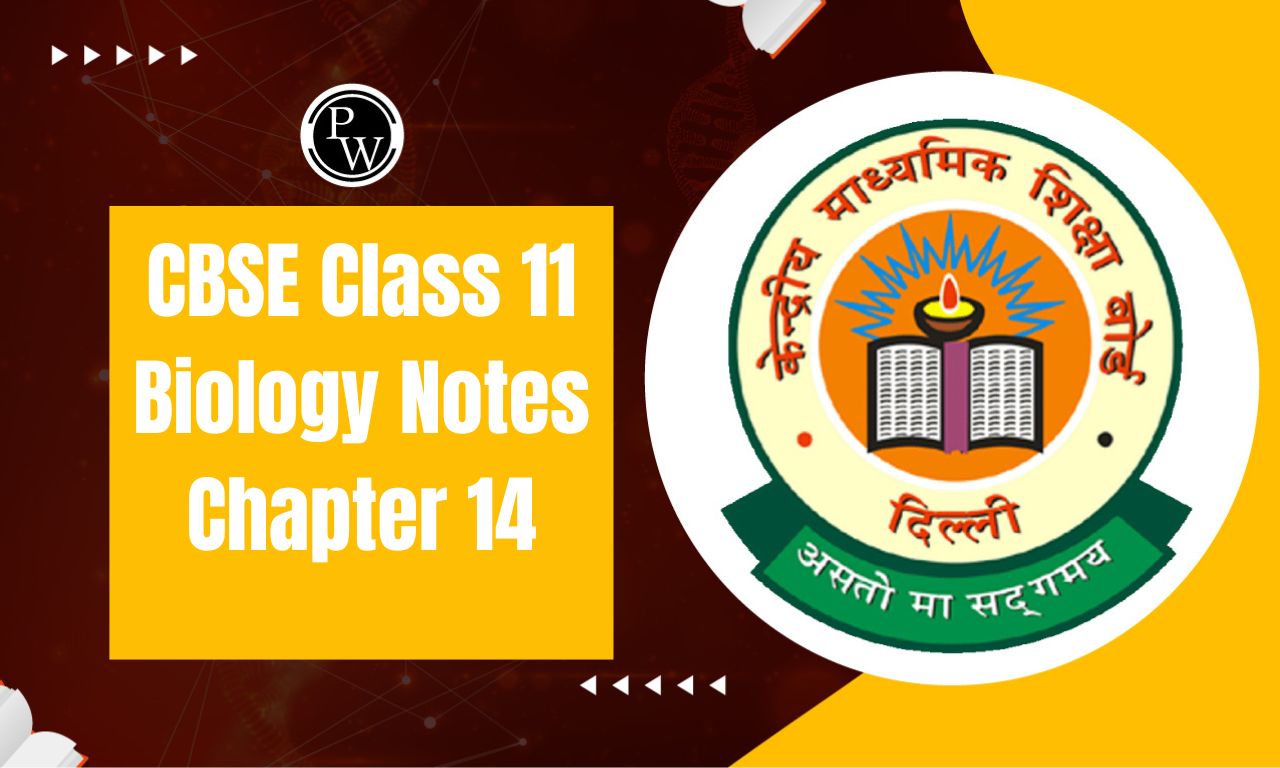
CBSE Class 11th Arts Syllabus: The CBSE Class 11 Fine Arts Syllabus for 2024-2025 has been released by the Central Board of Secondary Education. This updated syllabus covers a range of topics, including drawing, painting, and sculpture, and introduces students to various art forms and styles.
It aims to develop students artistic skills and understanding of art history, encouraging both practical and theoretical learning. The syllabus provides a structured approach to studying fine arts, with a focus on enhancing creativity and technical abilities. Students can find detailed information and download the syllabus from the CBSE official website.CBSE Class 11 Fine Arts Syllabus 2024-2025 Overview
The CBSE Class 11 Fine Arts Syllabus for the 2024-2025 academic year is designed to provide students with a detailed understanding of various art forms. The syllabus includes Painting, Graphics, Sculpture, and Applied Art, each covering different topics and techniques. Hereis an overview of the syllabus:Painting : Focuses on the history of Indian art, including prehistoric rock paintings, Indus Valley art, Buddhist, Jain, and Hindu art, as well as temple sculptures, bronzes, and Indo-Islamic architecture.
Graphics : Covers the six limbs of Indian painting, fundamentals of visual arts, and graphic techniques such as serigraphy, lithography, and etching.
Sculpture : Includes relief modeling, round modeling in clay or plaster, and portfolio assessment.
Enroll Now CBSE Class 11 Arts Online Course
CBSE Class 11th Fine Arts Syllabus 2024-25
Below is the detailed syllabus for Class 11 Fine Arts for the academic year 2025. It covers Painting, Graphics, Sculpture, and Applied Art, each with specific topics and study areas.| Subject | Topics Covered |
|---|---|
| Painting | - Pre-Historic Rock Paintings and Art of Indus Valley - Study and Appreciation of Sculptures and Terra Cottas - Buddhist, Jain, and Hindu Art - Art during Mauryan, Shunga, Kushana, and Gupta Periods - Ajanta Cave Paintings - Temple Sculptures, Bronzes, and Indo-Islamic Architecture |
| Graphics |
- Six Limbs of Indian Painting & Fundamentals of Visual Arts
- Pre-Historic Rock Paintings and Art of Indus Valley
- Buddhist, Jain, and Hindu Art
- Temple Sculptures, Bronzes, and Indo-Islamic Architecture
(Note: Graphics theory is the same as Painting theory) |
| Sculpture | - Six Limbs of Indian Painting & Fundamentals of Visual Arts - Pre-Historic Rock Paintings and Art of Indus Valley - Buddhist, Jain, and Hindu Art - Temple Sculptures, Bronzes, and Indo-Islamic Architecture ( Note: Sculpture theory is the same as Painting theory) |
| Applied Art |
- Six Limbs of Indian Painting & Fundamentals of Visual Arts
- Pre-Historic Rock Paintings and Art of Indus Valley
- Buddhist, Jain, and Hindu Art
- Temple Sculptures, Bronzes, and Indo-Islamic Architecture
(Note: Applied Art theory is the same as Painting theory) |
CBSE Class 11 Fine Arts Syllabus 2024-2025 PDF Download
For detailed information on the CBSE Class 11 Fine Arts syllabus for the 2024-2025 including the practical assessment structure you can download the syllabus from the provided link. This will give you detailed insights into the topics covered and marks distribution. Access the syllabus through the following link to get the complete PDF:CBSE Class 11 Fine Arts Syllabus 2024-2025 PDF Download
CBSE Class 11 Fine Arts Practical Assessment 2024-2025
The practical assessment for Class 11 Fine Arts includes various components with specific periods and marks weightage. Here is the detailed structure:| No | Name | No of Periods | Marks Weightage |
|---|---|---|---|
| 1 | Applied Art | ||
| - Drawing | 50 | 25 | |
| - Lettering and Layout | 50 | 25 | |
| - Portfolio Assessment | 48 | 20 | |
| 2 | Sculpture | ||
| - Modeling in Relief (in clay or plaster of Paris) | 50 | 20 | |
| - Modeling in Round (in clay or plaster of Paris) | 50 | 20 | |
| - Portfolio Assessment | 48 | 20 | |
| 3 | Graphics | ||
| - Making of Graphic Print through Serigraphy/Lithography/Etching and Engraving (Intaglio Process) Techniques | 100 | 48 | |
| - Portfolio Assessment | 50 | ||
| 4 | Painting | ||
| - Relief Printing through Linocut/Woodcut/Paper-cardboard | 100 | 48 | |
| - Portfolio Assessment | 50 |
How Can I Prepare for the Fine Arts Exam?
Preparing for the Class 11 Fine Arts exam requires a strategic approach to both theoretical knowledge and practical skills. Here are some effective steps to help you prepare:Understand the Syllabus : Familiarize yourself with the complete syllabus, including topics covered under Painting, Graphics, Sculpture, and Applied Art. Knowing the syllabus will help you focus your studies on relevant areas.
Study the Theory : Review key concepts such as the history of art, different art forms, and notable artists. Use textbooks and resources provided by your school or recommended by CBSE. Pay special attention to the six limbs of Indian painting and other fundamental aspects of visual arts.
Practice Regularly : Engage in regular practice of practical skills like drawing, painting, and sculpting. Work on projects that include drawing, lettering, and modeling to enhance your skills. Regular practice will help you improve technique and confidence.
Work on Portfolio : For subjects like Applied Art, Sculpture, and Graphics, maintain a well-organized portfolio of your work. This should include sketches, completed artworks, and any other relevant pieces that showcase your skills and progress.
Refer to Past Papers : Solve previous years question papers to understand the exam pattern and the types of questions asked. This will help you manage your time effectively during the actual exam.
Seek Feedback : Share your work with teachers or peers to get constructive feedback. This can provide valuable insights into areas where you can improve.
Attend Workshops : If possible, attend art workshops or classes that focus on advanced techniques and artistic skills. These can provide hands-on experience and enhance your understanding of different art forms.
CBSE Class 11 Fine Arts Syllabus 2024-2025 FAQs
What does the CBSE Class 11 Fine Arts syllabus cover?
What are the main areas of focus in the Painting section?
How is the practical assessment conducted for Fine Arts?
Is the syllabus for Graphics, Sculpture, and Applied Art the same as Painting?

